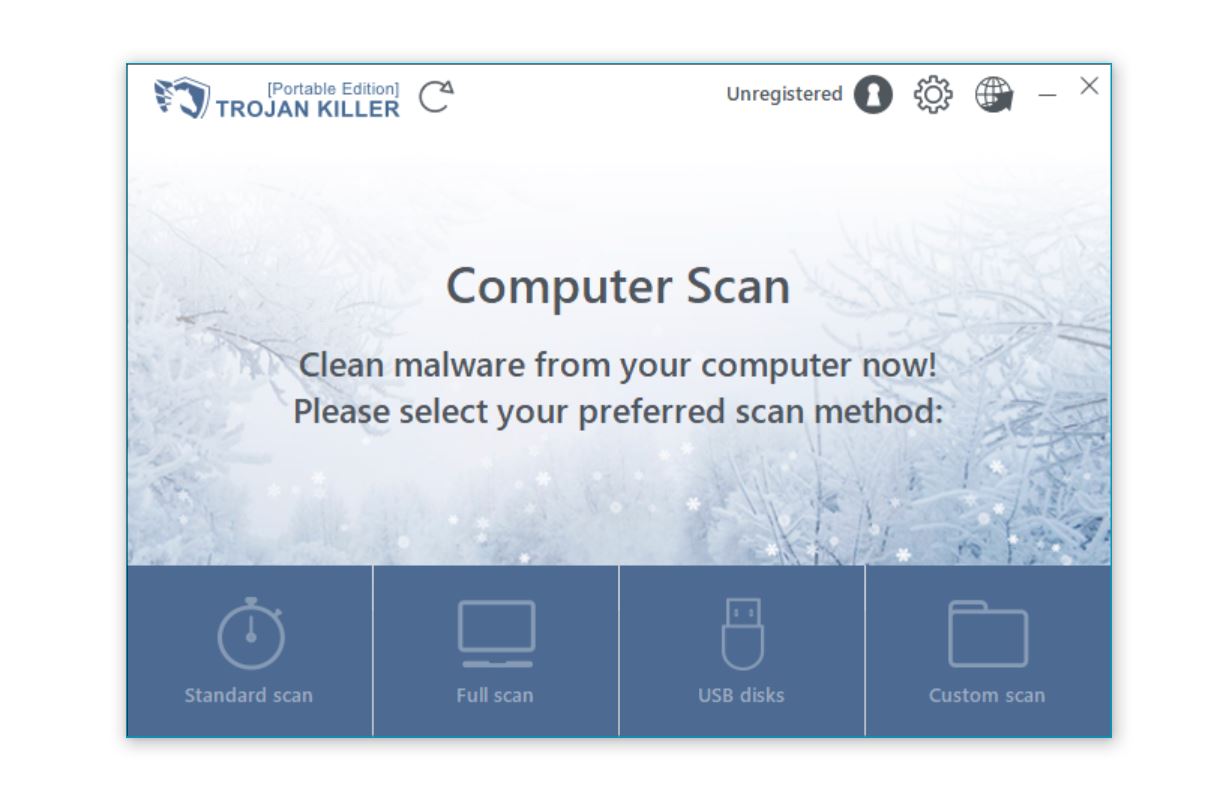Physical Address
Lesya Kurbasa 7B
03194 Kyiv, Kyivska obl, Ukraine
Physical Address
Lesya Kurbasa 7B
03194 Kyiv, Kyivska obl, Ukraine

Trojan:Win32/Etset!rfn is a sophisticated malware strain that poses significant security risks to Windows systems. The “!rfn” suffix in its detection name indicates it was identified through Microsoft’s heuristic or behavior-based detection systems rather than traditional signature matching. This comprehensive guide provides a technical analysis of Trojan:Win32/Etset!rfn, explains its infection vectors, details its system impact, and offers thorough removal instructions to secure compromised systems.
A Trojan:Win32/Etset!rfn infection carries significant risks to both individuals and organizations:
Trojan:Win32/Etset!rfn belongs to a sophisticated class of information-stealing malware designed to harvest sensitive data and provide backdoor access to compromised systems. The “!rfn” identifier in its name denotes that it was detected using Microsoft’s heuristic pattern recognition or runtime behavior analysis, typically indicating the malware employs advanced evasion techniques that prevent signature-based detection.
Technical analysis reveals that this trojan operates through multiple components working in tandem: a dropper module for initial infiltration, a persistence module to ensure survival across system restarts, a data harvesting module that targets sensitive information, and a communication module that facilitates data exfiltration and command reception from remote command and control servers.
Source: Technical analysis of Trojan:Win32/Etset!rfn infection chain and behavioral characteristics
| Vendor | Detection Name |
|---|---|
| Microsoft | Trojan:Win32/Etset!rfn |
| GridinSoft | Trojan.Win32.Etset |
| Generic | Trojan.InfoStealer.Win32.Etset |
Due to the sophisticated nature of Trojan:Win32/Etset!rfn and its multiple persistence mechanisms, a systematic approach to removal is essential:
Begin the removal process by booting into Safe Mode with Networking:
Before proceeding with removal, terminate any running malicious processes:
For advanced users, manually removing registry entries associated with the trojan:
# WARNING: Only experienced users should edit the registry# Always backup the registry before making changes# Open Registry Editor by typing regedit in the Run dialog (Win+R)# Check and remove autorun entries# Look for suspicious entries in these locations:# HKCU\Software\Microsoft\Windows\CurrentVersion\Run# HKLM\Software\Microsoft\Windows\CurrentVersion\Run# HKCU\Software\Microsoft\Windows\CurrentVersion\RunOnce# HKLM\Software\Microsoft\Windows\CurrentVersion\RunOnce# Check scheduled tasks for malicious entriesGet-ScheduledTask | Where-Object { $_.TaskName -match "^[a-zA-Z0-9]{8}$" -or $_.TaskName -match "update[a-zA-Z0-9]{3,}" -or $_.Description -eq "" -and $_.TaskPath -notmatch "Microsoft"} | Format-Table TaskName,TaskPath,State# Remove identified malicious scheduled tasks# Use Unregister-ScheduledTask -TaskName "SuspiciousTaskName" -Confirm:$false# Check for suspicious servicesGet-Service | Where-Object { $_.DisplayName -match "^[a-zA-Z0-9]{8}$" -and $_.Status -eq "Running"} | Format-Table Name,DisplayName,Status# Remove identified malicious services# Use sc.exe delete ServiceName |
Using specialized anti-malware software is the most effective way to thoroughly remove Trojan:Win32/Etset!rfn and all its components:

| Step | Instructions |
|---|---|
| 1. Download and Install |
|
| 2. Update and Perform Full Scan |
|
| 3. Review and Remove Threats |
|
| 4. System Restart and Verification |
|
After removing the trojan, secure your accounts and credentials:
Implementing the following preventive measures can significantly reduce the risk of infection:
Prevention remains the best defense against such threats. By maintaining updated software, practicing email security awareness, using strong antimalware protection, and following other security best practices, users can significantly reduce their risk of infection. Regular system backups also ensure that critical data can be recovered in the event of a successful attack.
Trojan:Win32/Etset!rfn represents a significant security threat due to its sophisticated data theft capabilities, effective evasion techniques, and robust persistence mechanisms. Its primary purpose is to steal sensitive information like credentials, financial data, and cryptocurrency wallet details, while providing attackers with backdoor access to compromised systems.
Removing this trojan requires a comprehensive approach that addresses all infection components across files, registry, and scheduled tasks. For most users, professional security software like Trojan Killer provides the most thorough and reliable removal process. Following removal, it’s essential to change passwords, enable additional security measures like two-factor authentication, and monitor accounts for suspicious activity.
Prevention remains the best defense against such threats. By maintaining updated software, practicing email security awareness, using strong antimalware protection, and following other security best practices, users can significantly reduce their risk of infection. Regular system backups also ensure that critical data can be recovered in the event of a successful attack.
Common indicators include system slowdowns, unusual network activity (especially during idle periods), browser redirects or strange behavior, antivirus software being disabled or unable to update, unexpected authentication prompts, and anomalous login attempts on your online accounts. More technically, you might observe unfamiliar processes in Task Manager, suspicious scheduled tasks, modified registry entries, or unexpected system files with recent creation dates in System32 or other Windows directories. A thorough scan with antimalware software is the most reliable way to confirm an infection.
The “!rfn” suffix in Microsoft’s detection naming convention typically indicates the threat was identified through runtime behavior analysis or heuristic detection rather than traditional signature matching. This means the malware was detected based on its suspicious behavior patterns or activities rather than matching a static file signature. Such detection methods are particularly effective against polymorphic or fileless malware that changes its appearance or doesn’t write to disk in conventional ways. The specific designation suggests the trojan uses sophisticated evasion techniques that make traditional detection methods less effective.
Trojan:Win32/Etset!rfn cannot directly access cryptocurrencies stored in hardware wallets when they’re disconnected from the computer. However, when a hardware wallet is connected and unlocked for transactions, the trojan can employ several attack vectors: it may attempt to modify transaction addresses through clipboard hijacking (replacing a recipient’s address with the attacker’s address when you copy/paste), capture the PIN or recovery phrases through keylogging, or monitor the screen to steal QR codes or other security information. The safest practice is to verify transaction details on the hardware wallet’s own screen and never connect it to a potentially compromised computer.
Unfortunately, once data has been exfiltrated by Trojan:Win32/Etset!rfn, it’s generally not possible to recover it or prevent its use by attackers. The trojan typically transmits stolen information to command and control servers beyond your reach. Instead of attempting recovery, focus on mitigation: change passwords for all accounts (preferably from a clean device), enable two-factor authentication, notify financial institutions of potential compromise, place fraud alerts on credit reports, and monitor accounts for suspicious activity. For businesses that have experienced a data breach involving customer information, there may be legal obligations to notify affected individuals and relevant authorities, depending on your jurisdiction.
Trojan:Win32/Etset!rfn employs multiple sophisticated evasion techniques to avoid detection. These include polymorphic code that changes its appearance with each infection, encrypted payloads that only decrypt in memory, code obfuscation to make analysis difficult, anti-VM and anti-sandbox techniques that detect security research environments, fileless operation that leaves minimal traces on disk, process hollowing to hide within legitimate processes, and delayed execution that activates after security scans complete. Additionally, the trojan often disables or tampers with security software by modifying registry settings, terminating security processes, or using rootkit techniques to hide its components from system monitoring tools. These combined approaches make detection challenging for traditional signature-based antivirus solutions.